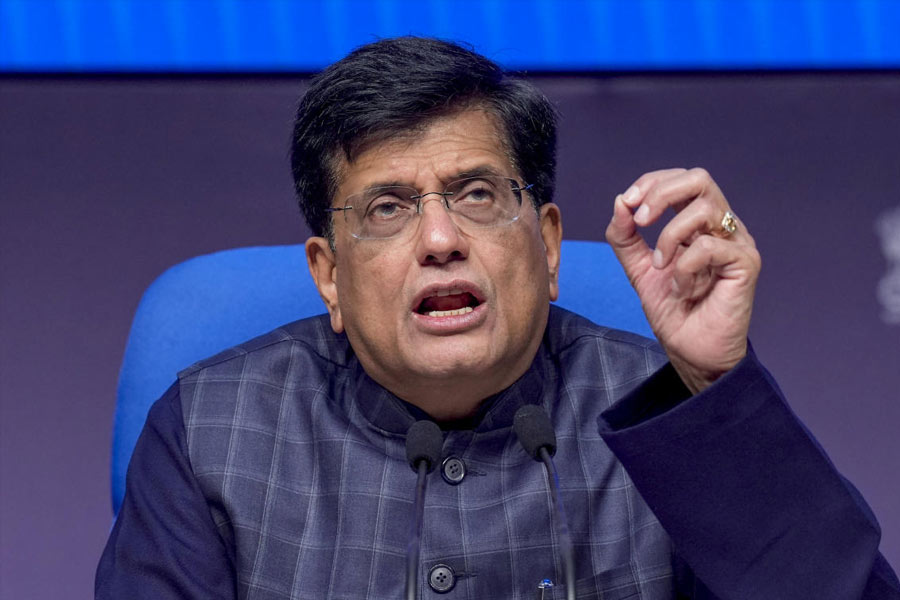 |
When you discuss writing skills in a job environment, most people will agree that they are very important. What they are talking about, however, is the ability to communicate — something increasingly absent in an email age. It is curious how email messages ignore all rules of grammar and — because of their compact style — often mean much more to the sender than the receiver. I daresay the “LS” the spanking new MBA started with in his first email to his colleagues was the latest in etiquette. But it left most wondering whether it was the techie’s version of PS. The latter is an afterthought; techies — particularly techie MBAs — are always thinking ahead.
Corporate communication is obviously very important and has been covered extensively in these columns. But when you talk about writing skills, they can have a different meaning altogether. This article concentrates on penmanship.
It is difficult to believe that in a digital age, handwriting abilities should matter. But a recent survey (see box) of students appearing for their SAT exams found that the preference was for the traditional pencil-and-paper method rather than online entry. (Parents, however, felt that their wards would prefer the online system.) The chaos in the first online CAT (common admission test) for the IIMs is just the shape of things to come.
Why should handwriting matter in the modern workplace? First, because no matter what you try, you cannot get rid of paper. Digital signatures may well be the rage, but you need to sign once in a while. (Banks are yet to burn all cheque books.) If nothing else you need to write the Post-it note that you stick onto your colleague’s monitor. (That’s not about to die out anytime soon, even in an age of smart phones and digital Post-its, it’s the boss’s way of making sure that you have visited your desk.)
Good writing has always implied mental discipline; unruly scrawls belong to the challenged intellect. You will find that people who produce unreadable scribbles often had better calligraphy when younger. A scrawl, like a thinning top, is an early warning of age.
There is more to the importance of good handwriting than just anecdotal evidence. According to research at the University of Indiana, children who had practised printing by hand had an enhanced neural activity compared to those who had just looked at letters. The Wall Street Journal quotes Karin Harman James, assistant professor of psychology and neuroscience at Indiana University, as saying: “It seems there is something really important about manually manipulating and drawing out two-dimensional things we see all the time.” There has been other such research. A study in China, for instance, shows that the great detail of the written language gives Chinese language scholars greater powers of concentration.
It’s not just China where the written word goes a longer way. Janardhan K. is a corporate coach based in Bangalore. He has been going strong for two decades with calligraphy and graphology training classes. There are many others like him gaining popularity all over the country.
The corporate coach is a recent phenomenon in India. He normally has a pedigree from US B-schools such as Columbia and is the external help in an executive’s career path. More important than management expertise are the little things one tends to ignore — soft skills and penmanship.
Mumbai-based HR consultant D. Singh sees himself as one of the old guard. “There were no PCs when we were in school,” he says. “Cursive writing was on its way out. But good writing had its place and always will.” His experience with younger executives seems to indicate that writing has begun mattering again in the corporate world. “A Mont Blanc is not just a fashion statement,” he concludes.
TRIED AND TESTED
How students want to take their SAT exams
81% of students did not want to take the SAT via computer. The reasons given were lack of typing proficiency and wanting to work out maths problems with paper and pencil.
Amongst parents, 65% preferred computers, assuming that most kids are tech-savvy.
More than a third (39%) of students and a little fewer than half (45%) of parents said the SAT should be changed;
Source: Survey conducted in the US by Kaplan Test Prep, of 302 parents of kids who took its SAT test-prep course and 396 students who took the Kaplan course and the SAT










